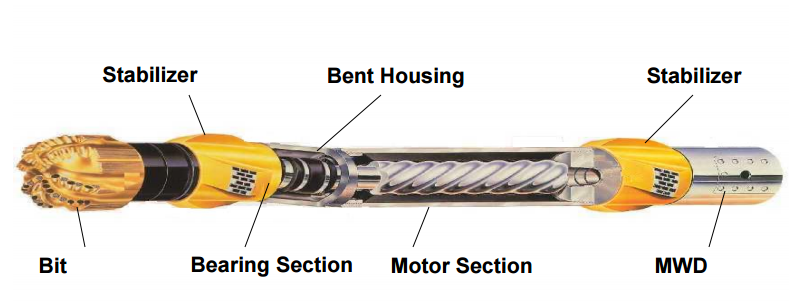There are many factors that affect the fatigue life of rubber that can cause rubber aging. They can be divided into three categories. First, the characteristics of the material: the type of rubber, the type and degree of cross-linking, additives such as fillers and anti-aging agents (affecting basic crack growth properties) and the size of the initial defect; second, mechanical characteristics: the shape of the sample And size, type and size of denaturation, frequency and manner of recycling; Third, environmental factors: temperature, humidity, and potentially harmful substances such as oxygen and ozone in the air. Two kinds of test equipment, ozone aging test chamber and tensile testing machine, may be used for rubber fatigue life.
The main causes of crack growth and fatigue in the natural environment are mechanical stress, oxygen and ozone. The influence of these factors is shown in the figure below, which shows the results of testing the natural vulcanizates without fillers and an anti-aging agent in different environments. The purely mechanical failure manifested in the vacuum shows that the fatigue life is very long (it can be regarded as infinity) when the maximum strain in the fatigue cycle is reduced to 100%. Therefore, other larger strain values ​​constitute the mechanical fatigue limit, below which the strain value does not occur without chemical etching. Similar fatigue limits can be obtained for other rubbers, although their size may change.  The results in a laboratory air environment illustrate the effect of oxygen, in which case oxygen reduces the fatigue limit to approximately 75% , reducing the fatigue life at higher strains. If the rubber does not contain antioxidants, the degree of reduction is greater (although the fatigue life is not affected in the vacuum), the antioxidant is only partially, not all, to reduce the effect of oxygen. Due to the effect of a small amount of ozone in the laboratory air, it is the fracture that occurs when the strain is below the fatigue limit. The test results in the ozone aging test box show that the ozone concentration has a great influence when the fatigue limit is lower than the fatigue limit, but the effect is small when the strain is higher. All the results show that the fatigue life is strongly related to the maximum strain.
The results in a laboratory air environment illustrate the effect of oxygen, in which case oxygen reduces the fatigue limit to approximately 75% , reducing the fatigue life at higher strains. If the rubber does not contain antioxidants, the degree of reduction is greater (although the fatigue life is not affected in the vacuum), the antioxidant is only partially, not all, to reduce the effect of oxygen. Due to the effect of a small amount of ozone in the laboratory air, it is the fracture that occurs when the strain is below the fatigue limit. The test results in the ozone aging test box show that the ozone concentration has a great influence when the fatigue limit is lower than the fatigue limit, but the effect is small when the strain is higher. All the results show that the fatigue life is strongly related to the maximum strain.
The angle degree of Bent Housing ranges from 0° to 3° which is decided by the customers. The factors of change of hole size, hole deviation angle and footage rate shall be considered in selection of bent housing. The angle of bent housing may directly affect the hole deviation angle and inclination change.
Bent housing is more effective than the bent Sub
because of a shorter bit to bend distance, which:
• Reduces the bit offset
• Creates a higher build rate for a given bend angle
• Reduces the moment arm
• Reduces the bending stress at the bend
• Allows assembly easier to orient

Bent Housing
Bent Housing,Bend Housing,Downhole Motor Bent Housing,Downhole Motor Bend Housing
ROTATE DRILLING MOTOR CO., LTD , http://www.rotatemotor.com